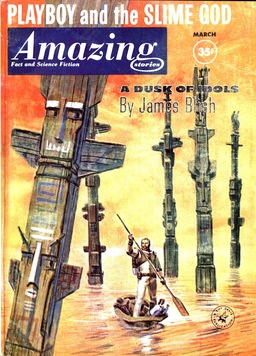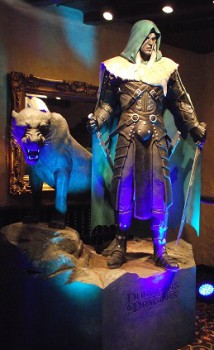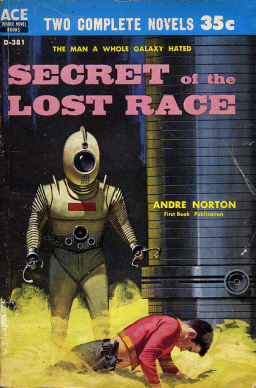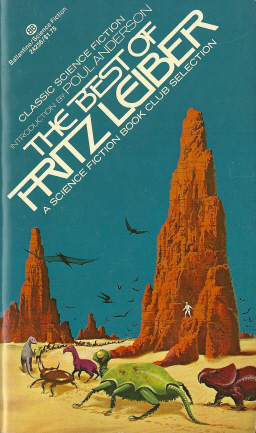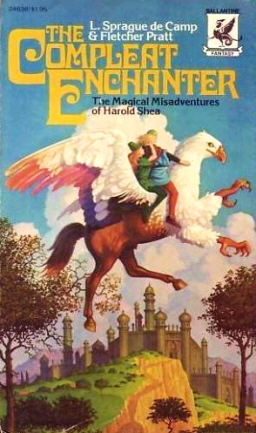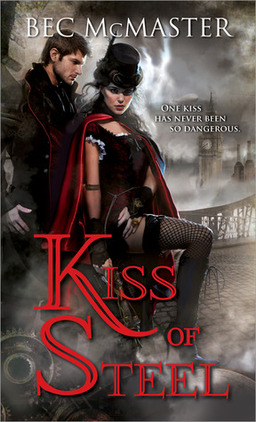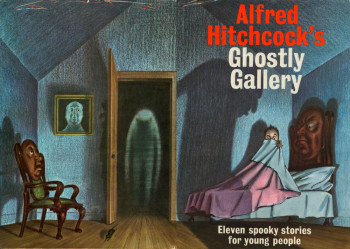New Treasures: Wrath-Bearing Tree by James Enge
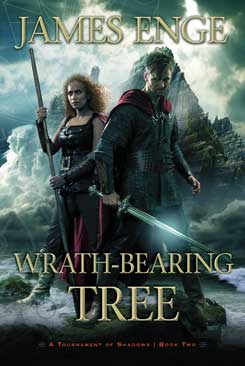 As we reported just last month, James Enge’s latest Morlock novel, Wrath-Bearing Tree, the second volume of A Tournament of Shadows, arrives this week.
As we reported just last month, James Enge’s latest Morlock novel, Wrath-Bearing Tree, the second volume of A Tournament of Shadows, arrives this week.
I received my copy a few days ago and the final version is gorgeous. A Tournament of Shadows is Morlock’s origin story, and it began in A Guile of Dragons — which Grasping for the Wind described as “What Tolkien might have written, had he lived in this postmodern age.”
The masked powers of Fate and Chaos are killing gods in Kaen. The Graith of Guardians sends the vocates Morlock Ambrosius and Aloe Oaij to determine precisely what is behind the threat. However, Morlock is secretly in love with Aloe, and this complicates their mission in unexpected ways. In his own sneaky way, Enge has described Wrath-Bearing Tree as “a love story with sword and sorcery interruptions.”
Exactly what is a wrath-bearing tree, you ask? It has to do with the tricky and deceptive power of history, as described by poet T.S. Eliot, in his poem “Gerontion” in 1920:
History has many cunning passages, contrived corridors
And issues, deceives with whispering ambitions,
Guides us by vanities…
Neither fear nor courage saves us. Unnatural vices
Are fathered by our heroism. Virtues
Are forced upon us by our impudent crimes.
These tears are shaken from the wrath-bearing tree.
And that’s all the clues we’re going to give you.
Wrath-Bearing Tree was published on August 20 by Pyr. It is 377 pages, priced at $18 for the trade paperback and $11.99 for the digital edition. For a limited time, print copies are only $6.29 at Amazon.com — that’s 65% off one of the most anticipated fantasy novels of the year. Act quickly so you’re not disappointed.

